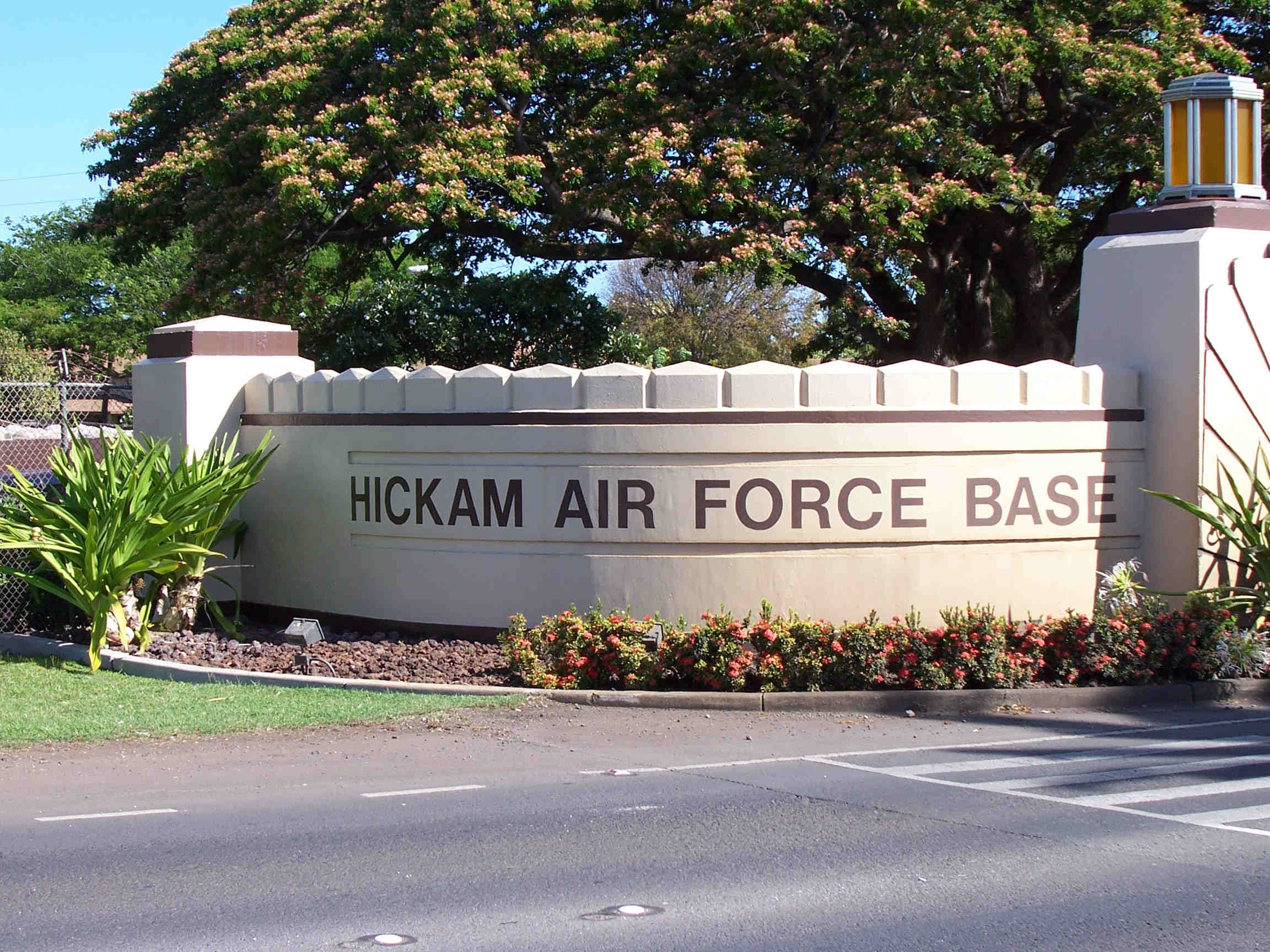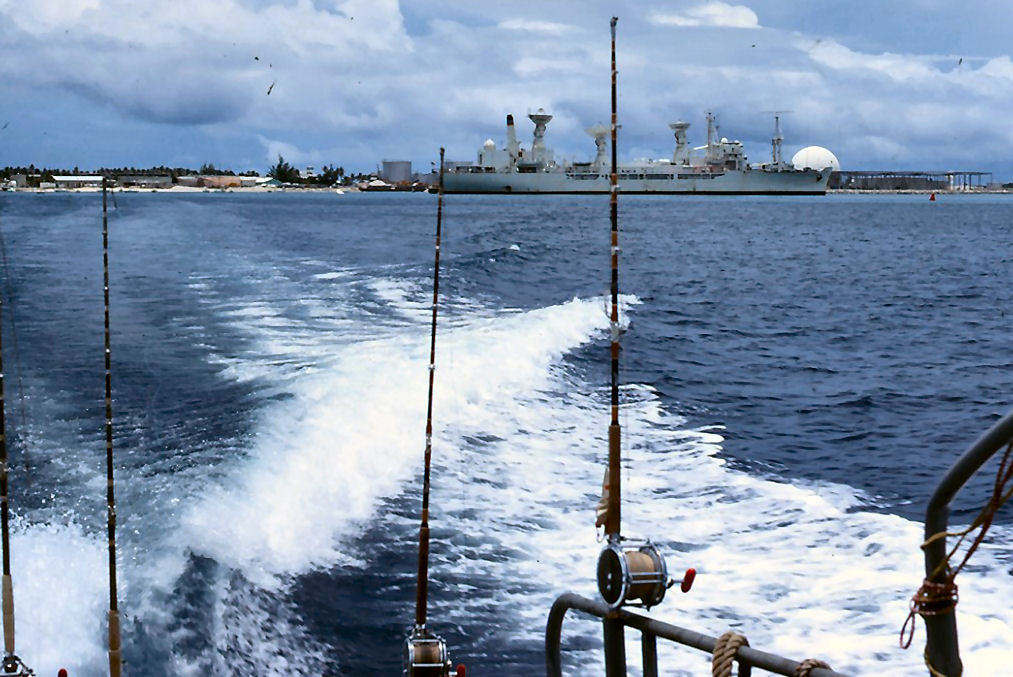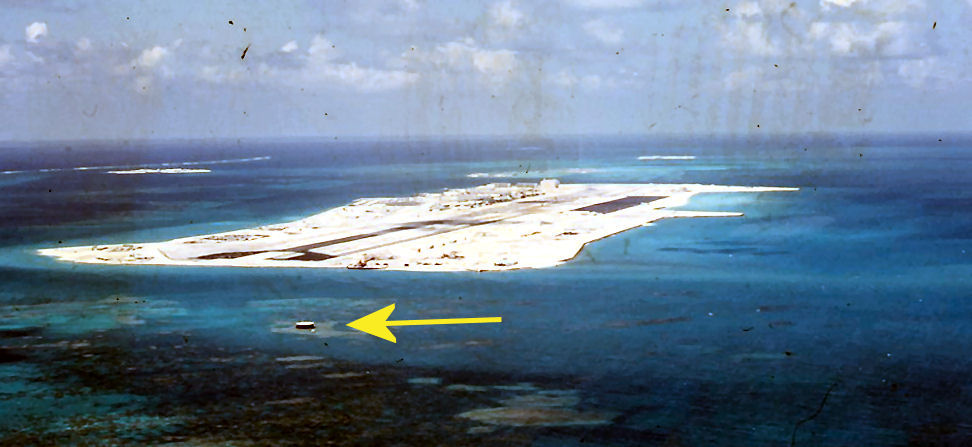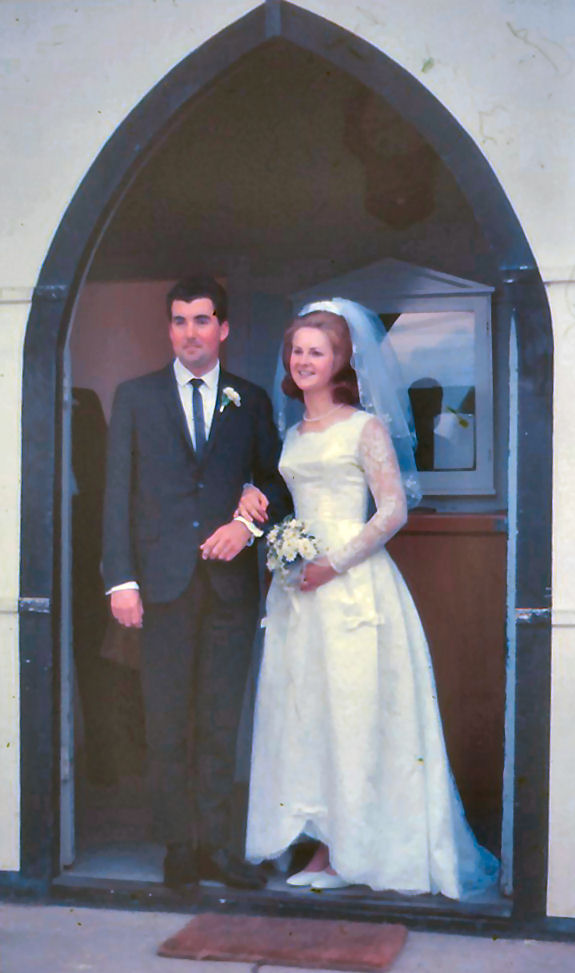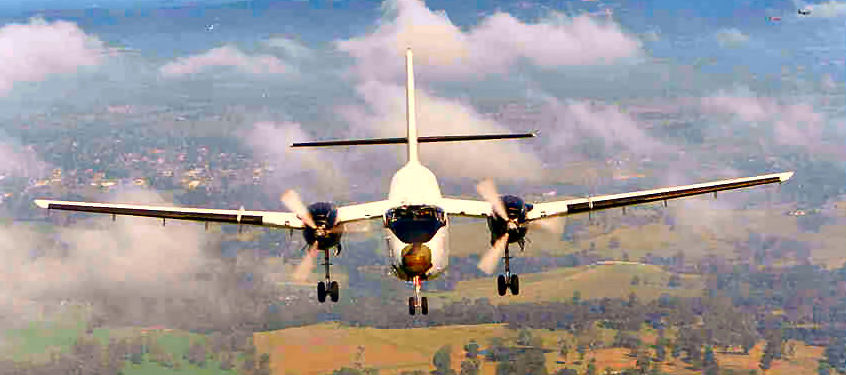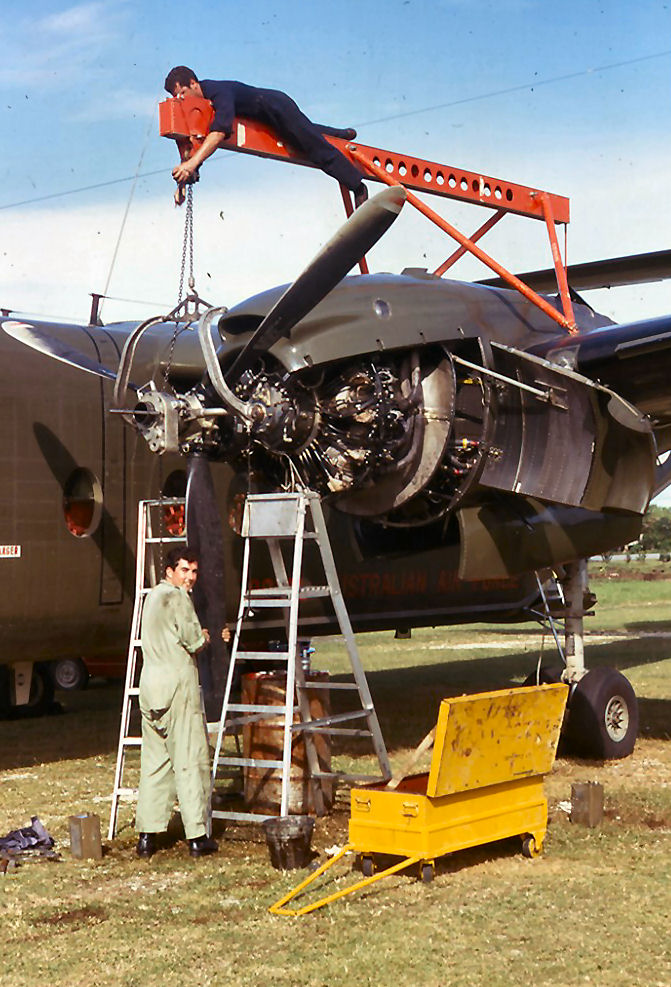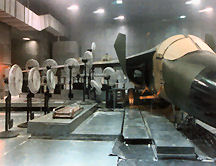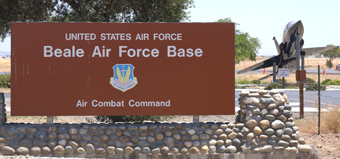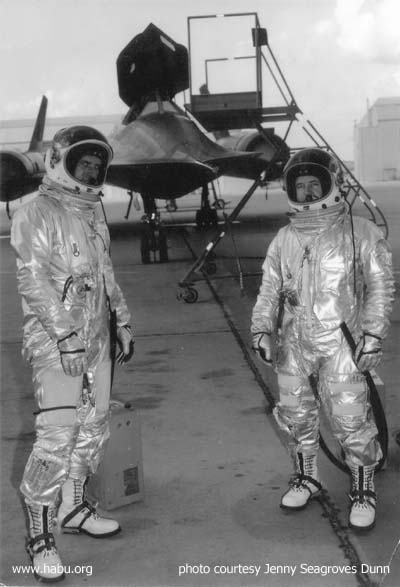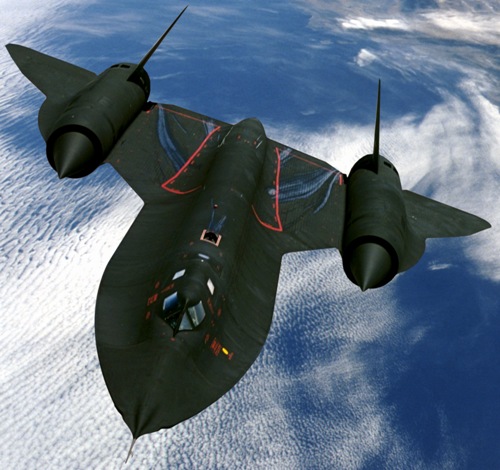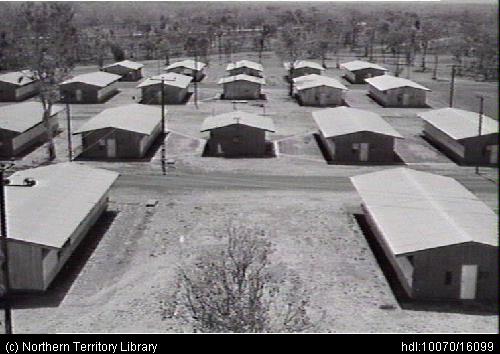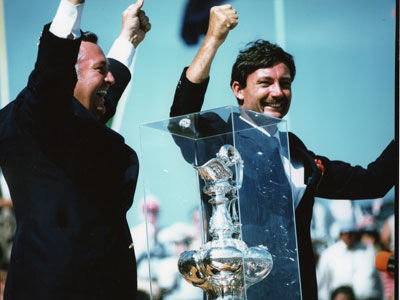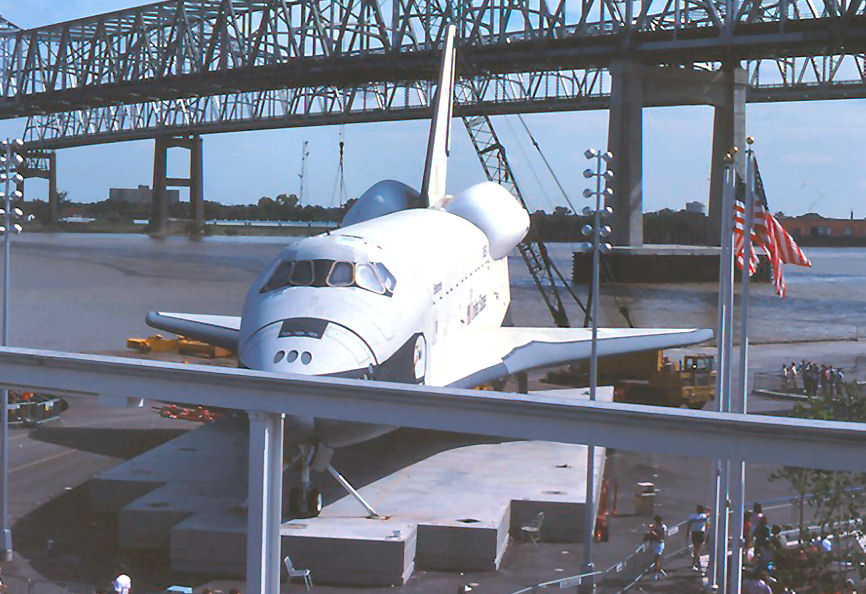|
Radschool Association Magazine - Vol 36 Page 7 |
|
Privacy Policy | Editorial Policy | Join the Association | List of Members | Contact us | Index | Links | Print this page |
|
My Story! |
|
|
|
John McDougall
I
grew up in Paddington in Sydney early in 1944. As WW II was in full
swing, my dad was in the army but as he had been declared unfit for
overseas service, he had been
In
1950, I started at Padstow Primary school and then East Hills boys high.
I joined the boy scouts and ended up as Troop Leader. I also joined the
Army Cadets and after two camps at Singleton Army base, I made up my
mind that the Army wasn’t for me.
In the mid 1959, I saw an advertisement in the local paper looking for RAAF Appies, and not being a Rhodes Scholar, I thought, this is for me. I did all the tests at Rushcutters Bay and after passing, was off to Wagga on the 16th January, 1960. I was inducted into 14 Appies (the tulips) and passed out on the 14th December, 1962 as a fully-fledged sumpy and was posted to 2AD. I had 18 months at 2AD working on Winjeel and DC3 engines.
After 2AD, in July 1964, I was posted down the tarmac to 86 Wing, which at the time contained 36 Sqn (A Model Hercs) and 38 Sqn (Dacs, Caribous and a Meteor). About this time, the RAAF had committed the Caribous to Vietnam and being young, single and bullet proof, I wanted to go too. I approached the 38 Sqn WOE and after a bit of wrangling, managed a posting to 38 Sqn and after 3 weeks, and a week’s pre-embarkation leave, I was off to La Viet. During my 3 week stay at 38, I didn’t learn a lot as the blokes who had gone to Canada to accept and learn the aircraft were still over there, so it was a case of the blind leading the blind. However, as the aircraft were brand new, there wasn’t a lot to do and all we had to do was bung in petrol and oil and the thing would fly.
I
arrived at Vung Tau on the 22nd August 1964 and Joined RTFV (RAAF
Transport Flight Vietnam) and like most of the other tech blokes, still
didn’t know an awful lot about the aircraft. We had no ground support
equipment (GSE) so a lot of our time
As there was no accommodation for the RAAF contingent, apart from tents on the airfield, the CO at the time, the late Chris Sugden, decided that tents weren’t what was needed and arranged for two down-town, water-front villas to be rented. We moved into one, the officers into the other and it was a very comfortable way to wage war.
I ended up doing 8 months with RTFV, (August, 1964 to April 1965) and during that time had a few detachment trips away to Danang, Saigon plus an R&R trip to Butterworth for the Compass Swing.
|
|
By
chance, someone got talking to some South Vietnam army blokes who had
the
We had some instruction from a retired old ex-army bloke who used to instruct jumpers during the second world war and it was decided that we should jump into the ocean as we figured the water was a bit softer and a lot more forgiving than terra firma. We were fitted with May Wests and instructed to dump the chute when we were about 10 feet from the water – that way the chute would not fall on our heads and drown us!!!!! A good idea we thought!!
As we worked a 6 day week, it was arranged that we would jump on a Sunday, so the big day arrived, we were kitted out with parachutes, May Wests, etc, loaded up into the Caribou and off we went. It was a huge buzz, and we spent quite a few Sundays thereafter leaping out the back of the Caribou.
Probably wouldn’t be allowed today.
Eventually, I was posted back to 38 Sqn and by this time, the blokes who had been in Canada learning the aircraft had arrived in Vungers to take over. Back in Oz and towards the end of 1965, the CO announced that the Canadian trained blokes were due to leave Vietnam and had to be replaced, so he was looking for volunteers to go back. A few of us put up our hands, we were still single and the earn was good too, so why not? At the time, my fortnight pay was $54 gross and in Vietnam it was tax free and we also got $58 in allowances – at the time a fortune for a young single bloke. So in Dec 1965 I was on the way back for 9 months with the option of extending for another three.
While
I was there for the second tour, (Dec 1965 to Dec 1966) Caribou 173
pranged
The first thing we had to do was move it off the runway so it (the rwy) could be used again and then scrounge equipment and parts to get the aircraft airworthy again. We spent 10 days there, replacing a wing and engine and eventually it was flown out by Wng Cdr Charlie Melchert. When I got back to Vung Tau, the base was closed because of the Long Tan battle.
As a
“thank you” for spending the 10 days putting the aircraft back together,
we were
After
my 9 months was up, I decided to stay on for the next 3 as the money and
conditions were good (we were still in the Villa) and finally I returned
to Australia, with another posting to 38 Sqn. By this time they were
calling for Load Masters and as I was sick of working on dirty oily old
engines I put my hand up and in Feb 1967 I started the Loady’s course.
After I finished that, I learnt that part of the deal was you were
required to do a flying tour of Vietnam – so back to Vung Tau we went
but as I’d already done two tours, the posting was for 6 months
By this time, the squadron had left the Villa and moved into the quarters on the base.
Just prior to going back for the third tour, some friends asked me to accompany a friend of theirs, a pretty young single girl, to a ball. She wanted to go but at the time didn’t have a partner. I thought “why not??” so off we went, had a great time and I must have made a hit because she thought as I was going off to war I must be tough brave and strong, so she offered to write. To make a long story short, we kept in touch and eventually, after I come home for the third time, we got engaged and then married – and we’re still together.
This
time, as being part of the aircrew, I saw an awful lot of the country
and I managed another trip to Butterworth for a compass swing and I had
some R&R in
The elephant was eventually walked out.
|
|
At
the end of the 6 months, I’d had enough and decided thank you but no
thank you, so I decided to head home, once again, back to 38 Sqn. That
was in April 1968. On arrival at Richmond, I was asked to become the
aircrew technical training instructor,
In July 1969, I got a trip to Canada to pick up Caribou A4-275 and help ferry it back to Richmond. We had the aircraft fitted with ferry tanks, which gave it about 20 hours endurance, and we decided to take the Pacific Route.
This was via Ellsworth AFB in South Dakota, Moffatt Naval AS, then to Hickam in Hawaii, then over heaps of water to Johnstone Island (Atoll) (about 600 miles West of Hawaii), then to Kwajalein in the Marshalls, just as they were landing on the moon - and there were communications ships everywhere. We had more important things to do. After Kwajalein, it was off to Port Moresby then down to Richmond, all up 70 flying hours.
There
wasn’t a lot of room in the aircraft as it was chockers with equip and
as a lot of the flight was over water, we also carried a navigator and
had a Loran fitted. This was plugged into the power socket that usually
powered the winch and when it was being
The Johnston Atoll area was used during the 1950s and 1960s as an American nuclear weapons test site—for both above-ground and underground nuclear tests. It was also used for a rocket launch site for some of the first American spy satellites as well as other things which we weren’t allowed near. Later on, it became the site of a chemical weapons depot and the site of the Johnston Atoll Chemical Agent Disposal System (JACADS). All of the chemical weapons that were once stored on Johnston Island were incinerated by 2000 and JACADS demolished by 2003.
The arrow in the pic above shows one of the missile sites – which weren’t there….
Johnston Atoll had never had any indigenous inhabitants, although during the latter part of the 20th century, there were on average about 300 American military personnel and 1,000 civilian contractors present at any given time. When we landed we were met at the aircraft by US Military Police who welcomed us to the Island and told not to take any cameras with us and not to ask any questions. They sealed the aircraft so we couldn’t go back to it until the next day when we were to leave.
|
|
I got
married in Oct 1969 and we went down to Tassie for our honeymoon then it
was
During the hot summer months, the aircraft operated out of Srinagar in Cashmere which is at 5,700 ft and nice and cool. In the winter, we moved down to Rawalpindi (now called Islamabad) which is at 1,600 ft. Flying from one to the other required the aircraft to operates at levels up to 20,000 ft – thus the requirement for oxygen.
When I returned to Oz, I was sent on many trips to PNG (17 in all) and I reckon I’d have to go close to holding the “airports landed at” record – having been into 83 different PNG airfields.
|
|
|
|
|
|
Back then Work Place Health and Safety had not been invented and anything and everything was used to get the job done.
The photo at right shows a prop change at Wewak in PNG – look at the bloke on the gantry and the quality and stability of the engine stands. The empty 44 was a handy bench too. Can you imagine that happening today??
In 1978, after having spent 16 years in and around Richmond, reached the rank of Flt Sgt and being pretty proficient on radial engines, I was posted to 482 Maintenance Squadron at Amberley where there wasn’t a radial engine in sight. I was posted to the position of Flt Sgt in the F111 engine workshop and twelve months later I was the Maintenance Co-Ordinator.
Back then they had a thing called Centralised Maintenance. Number 1 and Number 6 squadrons only contained aircrew while all the maintenance blokes, GSE and all the aircraft were in 482 Mntce Sqn. 482 worked two shifts, one shift from 8.00am to 5.00pm, and the second shift from 5.00pm until they finished. It was a complete dog’s breakfast. The early shift would leave work for the late shift and the late shift would leave work for the next day, consequently the number of serviceable aircraft was always below what was required.
A lot of aircraft flew with CFU’s – carried forward unserviceabilities (used to be called COS - condition of serviceability).
482 Maintenance Squadron used to go to Butterworth each year for IADS (Integrated Air Defence Systems) and I had a trip up there in 1981. I also did two trips to Edinburgh for the Karinga trials – a new smart bomb that was being trialled at Woomera.
In Jan 1982, I accompanied 14 troops to McClelland AFB in Sacremento in the US for Cold Proof Load testing on the aircraft (see HERE). Back then the F111’s had cracking problems and the RAAF was determined to find out why. The D6AC steel used in the manufacture of critical F-111 structural components had a very low fracture toughness value. This means it was very brittle and susceptible to failures from very small fatigue cracks or manufacturing flaws.
The aircraft were placed in a large refrigerated hanger and the temperature was dropped to about 400C below to simulate flight at high altitude.
The airframe was then chained to the ground and hydraulic rams lifted the wing so that the tips were raised from the horizontal to a height of 3½ feet and then pulled down 1½ feet. If the aircraft survived that terrible stress test it was declared serviceable and allowed to fly – if it didn’t, the broken bits were replaced and the aircraft flew again.
While there, we did acceptance tests on 4 A model F111’s which we bought from the USAF and which were to replace the 4 C models lost in Australia. Australia had ordered 24 C models of which only 24 were built. The C model had stronger undercarriage and a larger wing.
|
|
While
at McClelland AFB, we heard that the USAF’s SR-71 Blackbird aircraft were
based
They were only too happy to oblige so we arranged for transport and off we went. They really looked after us, showed us all around the base and the aircraft, but we weren’t allowed to look inside. We saw where the aircraft were ‘hangered’, where the crew were kitted out prior to each flight and had a look at the maintenance section.
The
SR-71’s, of which 32 were built, were introduced to the USAF in 1966 and
retired in 1989, then were brought back for another run from 1993 until
1998. On the ground they were kept in “car ports” similar to the F111’s
at Amberley, except at Beale, the car ports had walls and doors. When a
SR-71 landed, it was immediately wheeled into the car port and the d As the aircraft could operate quite happily at 80,000 ft, the crew would wear “space suits” to give them a chance of surviving if something ‘nasty’ happened.
For an aircraft that was first flown in 1964, (the same year Holden released their EH model), they were remarkable. 85% of the aircraft was made from titanium, a rare and expensive material, with the remaining 15% being composite materials. Major portions of the upper and lower inboard wing skin of the SR-71 were corrugated, not smooth. The thermal expansion stresses of a smooth skin would have caused splitting or curling. By making the surface corrugated, the skin was allowed to expand vertically and horizontally without overstressing. As the aircraft’s J58 engines (which were designed to run on afterburner full time) were most efficient around Mach 3.2, this was the Blackbird's typical cruising speed.
To allow for thermal expansion at the high operational temperatures which occurred at these speeds, the fuselage panels were manufactured so that they fitted together loosely while the aircraft was on the ground. Proper alignment was only achieved when the airframe heated due to air resistance at high speeds. This caused the airframe to expand several inches. Because of this, and the lack of a fuel sealing system that could handle the expansion of the airframe at these extreme temperatures, when not airborne, the aircraft would continuously leak fuel onto the ground, just like a 1960’s Land Rover.
The car ports had ‘gutters’ to collect the spilt fuel.
When departing on a sortie, the aircraft would only be partially fuelled. It would then depart, get up to Mach 3 or there abouts, thus heating up the airframe, causing it to expand which would seal everything, then it would hook onto a tanker that was orbiting and take on a full load of fuel.
While in flight, the airframe was kept at manageable temperatures by cycling fuel behind the titanium surfaces at the front of the wings. When it landed, it was not uncommon for the aircraft’s canopy to be over 300°C, too hot to approach.
The curved skin near the centre of the fuselage, inside the red line in the photo, is a ‘no-go’ area as there is no support underneath with exception of the structural ribs, which are spaced several feet apart.
|
|
Two girls were chatting over coffee, one said to the other, if you’re sick of your husband, why not leave him, the other replied, if I could do it without making him happy, I would.
|
|
We returned to Australia in May 1982 and by then the Centralised Maintenance trial was finally found to be a dud and in Feb 1983, 1 and 6 Sqn became independent once again and were back to operating level maintenance where each Squadron had the full complement of air and ground crews, GSE and their own aircraft. I was posted to 1 Sqn as WOE (as a F’Sgt) but was promoted to WO in March. 1 Squadron was the task squadron while 6 Squadron was the training and photographic reccy squadron.
In
March 1983, 1 Sqn was off to Tindal for war games. Tindal at that time
was still in its infancy and the facilities were pretty basic. The
runway had been built some years
After that, all take-offs were done from a rolling start.
|
|
After
the war games were finished, we returned to Amberley only to find we
were off to Butterworth for the annual IADS, then after we’d finished in
Butterworth, it was down to Pearce for more exercises. At this time,
Bondy was in Newport winning the
We finally got back to Amberley, unpacked the clothes, did the washing, patted the dog, then it was time to pack again and head for Butterworth for the 1984 IADS, then in September of that year we took 6 aircraft to Mountain Home AFB in Idaho for the inter-country bomb competition. We stayed there for 6 weeks and competed against the USAF and RAF and points were awarded for serviceability of aircraft, take off on time, on time on target, dropping closest to the target, etc. We didn’t win but we put on a good show.
At the same time, we had 4 aircraft in NZ – not bad for a squadron which had 12 aircraft.
After Mountain Home, we sent 4 aircraft home and 2 went to Eglin AFB in Florida to the test facility which is the biggest in the western world – covering 720 square miles. We stayed there for 2 weeks doing flight tests. The idea was to prove the accuracy of the flight manuals, the aircraft would be flown as per the manual and ground radar would produce a readout of the actual flight profile. Comparing the two would prove the manuals.
Luckily, we were close to New Orleans and at that time that city hosted
the world expo. We managed to sneak a few days off and check it out.
They had one of the
After Eglin, we went to Barksdale AFB which is in Louisiana and about 5 miles from Bossier City. It is the home of the USAF’s 2nd Bomb Wing, the oldest Bomb Wing in the USAF and is equipped with B52 Stratofortress aircraft. Here we got the results of the Bomb Competition and as there were a lot of different countries taking part in the competition, it was a good opportunity for each country to demonstrate to the others what each was about – it was like a mini expo, and a lot of fun.
After all the niceties were finished, we sent the aircraft towards Amberley, boarded a Herc and also headed for home.
On the 17th January, 1985, after 25 years, I decided I’d had enough and wanted to stay in the one spot for more than 3 months at a time, so I took a discharge. Just prior to leaving, the CO arranged for me to have a 1 hour flight in an F111 – as a going away present and a thank you for 25 years service. That was a real buzz I can tell you, we zoomed all around the place and had a ball.
Now as a Mister and not a WO, I decided to take a couple of months off to get used to civvy life then I bought an ENZED Hose Doctor franchise and ran that for 2 years. I eventually got sick of being dirty and sold the franchise and took a job as production manager with a stainless steel company making kitchens, hospital equip, air conditioners etc. I stayed there for 7 years.
I got back into the Hydraulics business and stayed there for a few years and eventually, DVA made me an offer I couldn’t refuse, so I finally retired.
I maintain a keen interest in my old Squadron and in the wonderful Caribou aircraft and currently I am the President of the RTFV/35 Sqn Association.
In between all this, I had two lovely daughters, one works with Boeing, the other is a Sergeant with the Qld Police. I went back to Vietnam in 2005 and marvelled at the changes that have taken place, especially in Vung Tau, where some of the facilities are definitely world class.
These days I travel a bit, enjoy life and don’t regret one minute of my RAAF time.
|
|
A 75 Year Old Lady rings her local hospital and this conversation follows: 'Hello I'd like some information on a patient, Mrs Tiptree. She was admitted last week with chest pains and I just want to know if her condition has deteriorated, stabilised or improved? ''Do you know which ward she is in? ''Yes, ward P, room 2B ''I'll just put you through to the nurse station. ''Hello, ward P, how can I help? ''I would just like some information on a patient, Mrs Tiptree, I was wondering if her condition had deteriorated, stabilised or improved? ''I'll just check her notes. I'm pleased to say that Mrs Tiptree's condition has improved. She has regained her appetite, her temperature has steadied and after some routine checks tonight, she should be well enough to go home tomorrow. ''Oh that's wonderful news, I'm so happy, thank you ever so much! ''You seem very relieved, are you a close friend or relative?' 'No, I'm Mrs Tiptree in room 2b. Nobody tells you a damn thing in here.
|
|
Back Go to page: 1 2 3 4 5 6 7 8 9 10 11 12 13 14 15 16 17 18 19 20 Forward
|

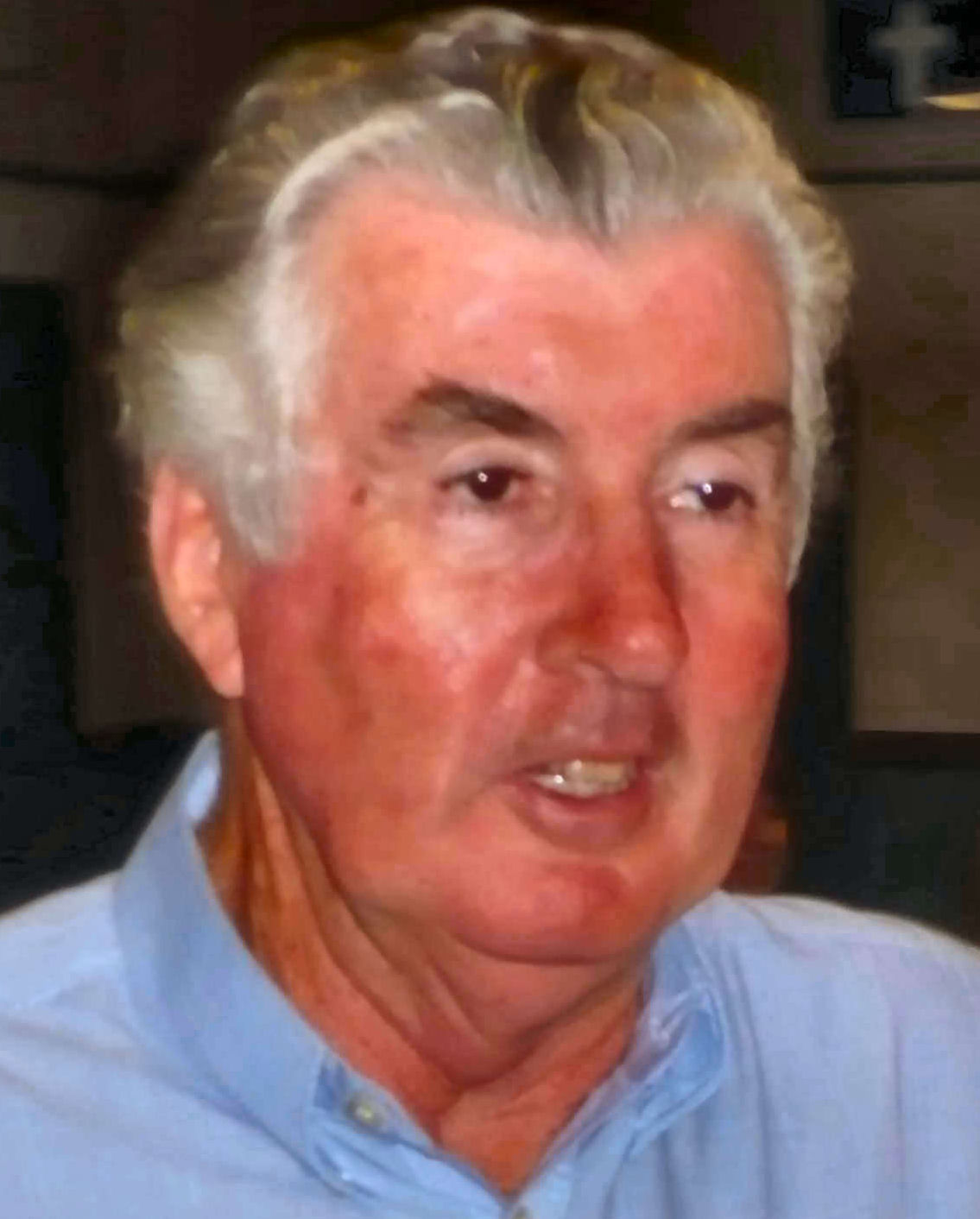
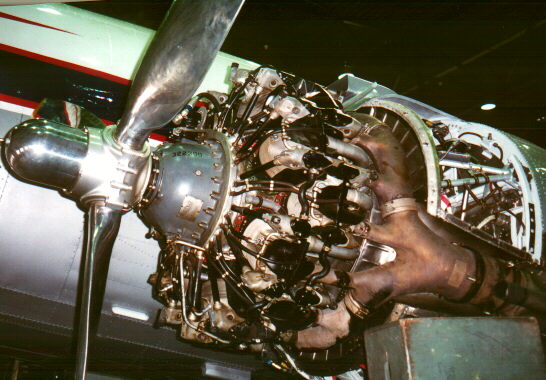
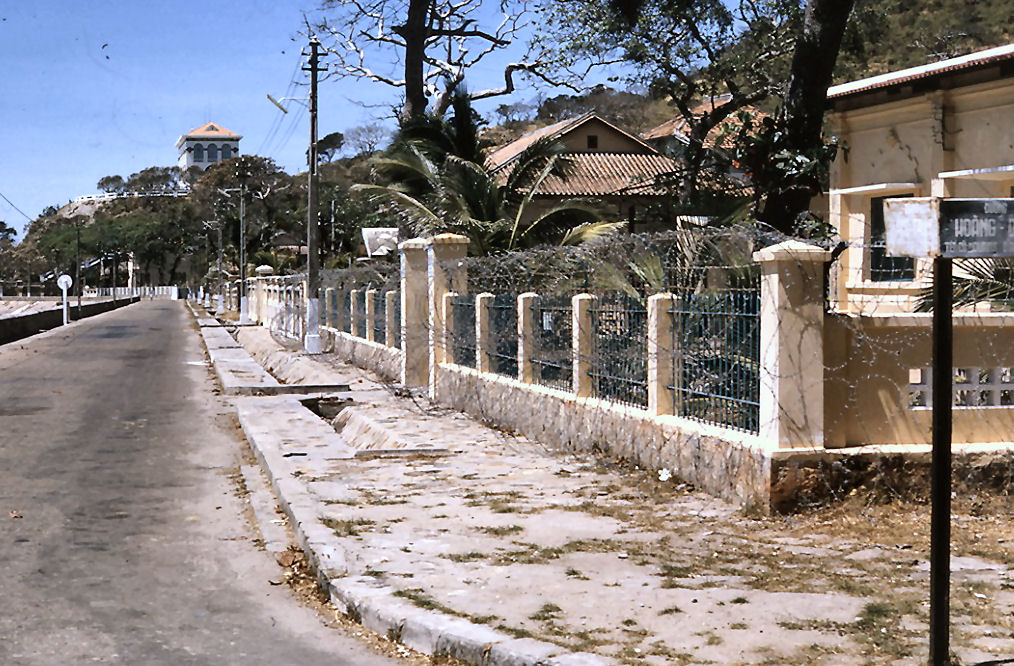
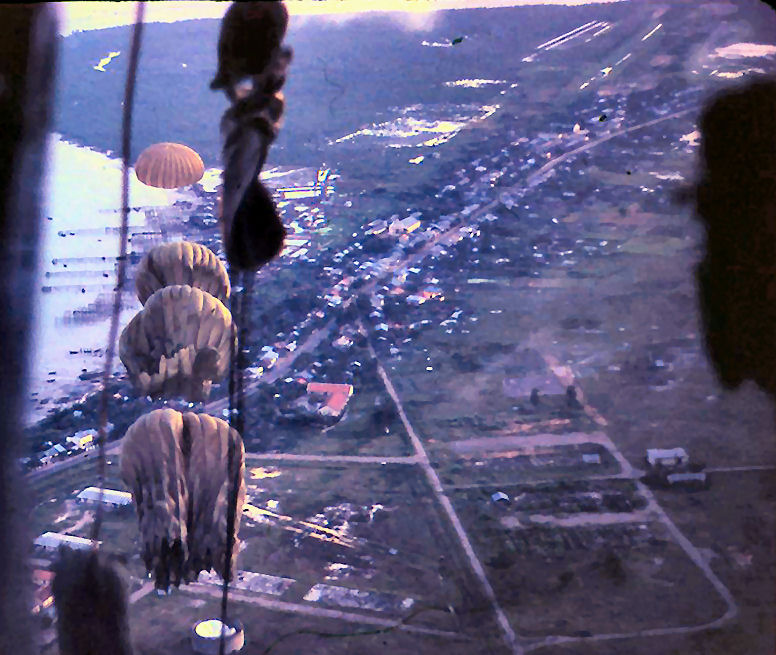 parachute
flash on their shoulder and we asked where and from what did they jump.
It turned out that although they were a parachute regiment, they hadn’t
done a lot of parachuting as South Vietnam didn’t have the aircraft from
which they could jump. Back then we used to send an aircraft down to
Saigon each morning empty – it would pick up its first load there. We
mentioned this to the boss, Chris Sugden, who offered to take the blokes
with us out of Vung Tau and they could jump from the Caribou as much as
they wanted. We did this for some time and eventually, the boss of the
jumpers asked whether any of us would like to try a jump. Most of us
jumped at that with both hands – why not, we were young and bullet-proof
after all.
parachute
flash on their shoulder and we asked where and from what did they jump.
It turned out that although they were a parachute regiment, they hadn’t
done a lot of parachuting as South Vietnam didn’t have the aircraft from
which they could jump. Back then we used to send an aircraft down to
Saigon each morning empty – it would pick up its first load there. We
mentioned this to the boss, Chris Sugden, who offered to take the blokes
with us out of Vung Tau and they could jump from the Caribou as much as
they wanted. We did this for some time and eventually, the boss of the
jumpers asked whether any of us would like to try a jump. Most of us
jumped at that with both hands – why not, we were young and bullet-proof
after all.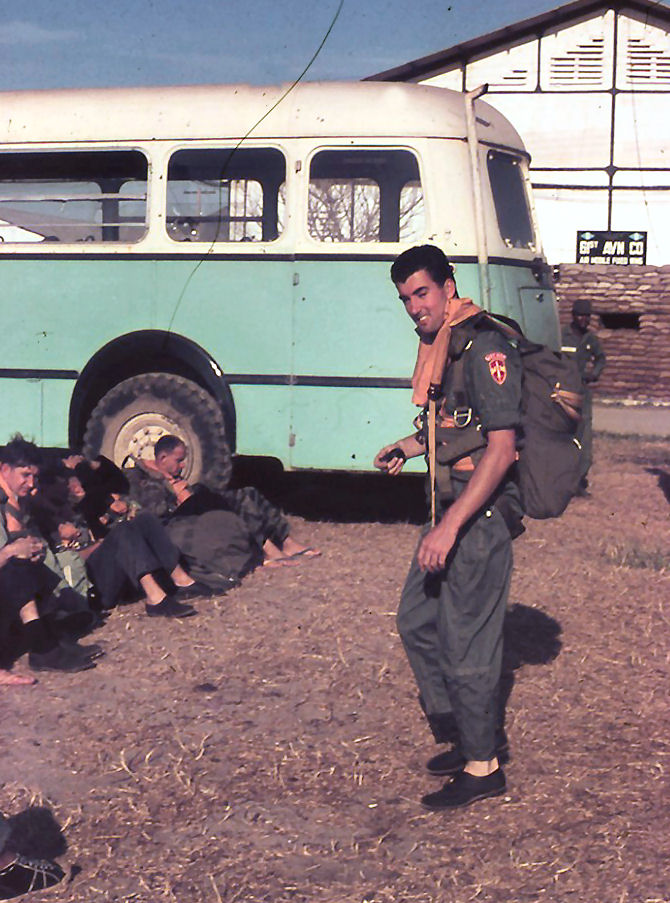
.jpg) at
Ba To (16th Aug 1966) and I was sent to Ba To to assist in
the repairs. The crew of the aircraft was Dick Cooper, Captain, Stew
Spinks, Co-pilot, Barry Ingate, Loadmaster and Fred Robinson, a Cpl
Framie who was the assistant Loadmaster for the trip.
at
Ba To (16th Aug 1966) and I was sent to Ba To to assist in
the repairs. The crew of the aircraft was Dick Cooper, Captain, Stew
Spinks, Co-pilot, Barry Ingate, Loadmaster and Fred Robinson, a Cpl
Framie who was the assistant Loadmaster for the trip. .jpg)
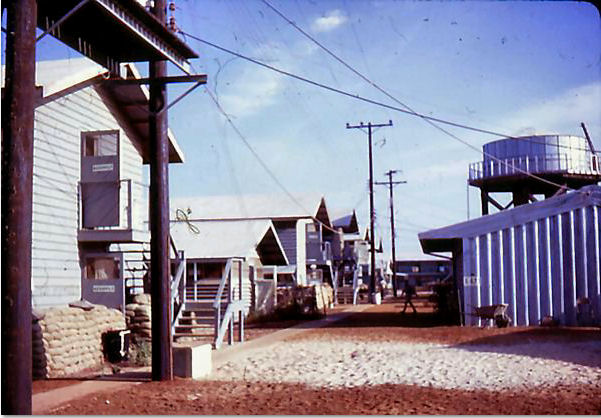
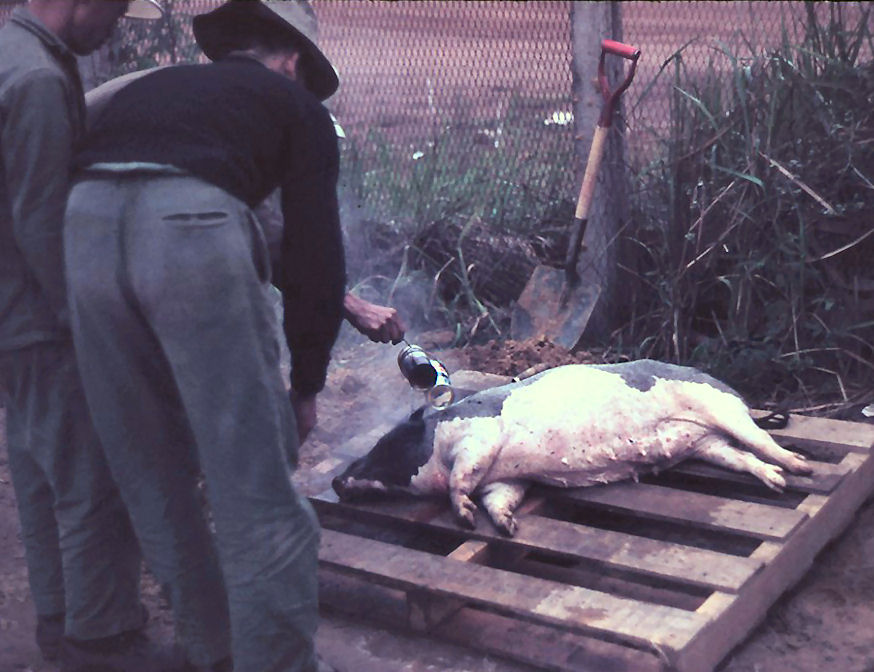 Bangkok. A lot of the time we didn’t know what the day would bring. Our
usual task was to carry a load from airfield A to airfield B then at B
the Air Movements people would ask us to take a load to airfield C. At C
we would get a load which had to go to D – and so it went. We used to
carry all sorts of things, from mail to live animals and on one trip,
after we had taken some live cattle into Ban Me Thuot, I was asked by
the US load controller if we could do him a favour and take an elephant
down the road to a special forces camp. He said they were trying to make
a road at the special forces camp and didn’t have enough heavy machinery
– this was the only load I refused.
Bangkok. A lot of the time we didn’t know what the day would bring. Our
usual task was to carry a load from airfield A to airfield B then at B
the Air Movements people would ask us to take a load to airfield C. At C
we would get a load which had to go to D – and so it went. We used to
carry all sorts of things, from mail to live animals and on one trip,
after we had taken some live cattle into Ban Me Thuot, I was asked by
the US load controller if we could do him a favour and take an elephant
down the road to a special forces camp. He said they were trying to make
a road at the special forces camp and didn’t have enough heavy machinery
– this was the only load I refused. 